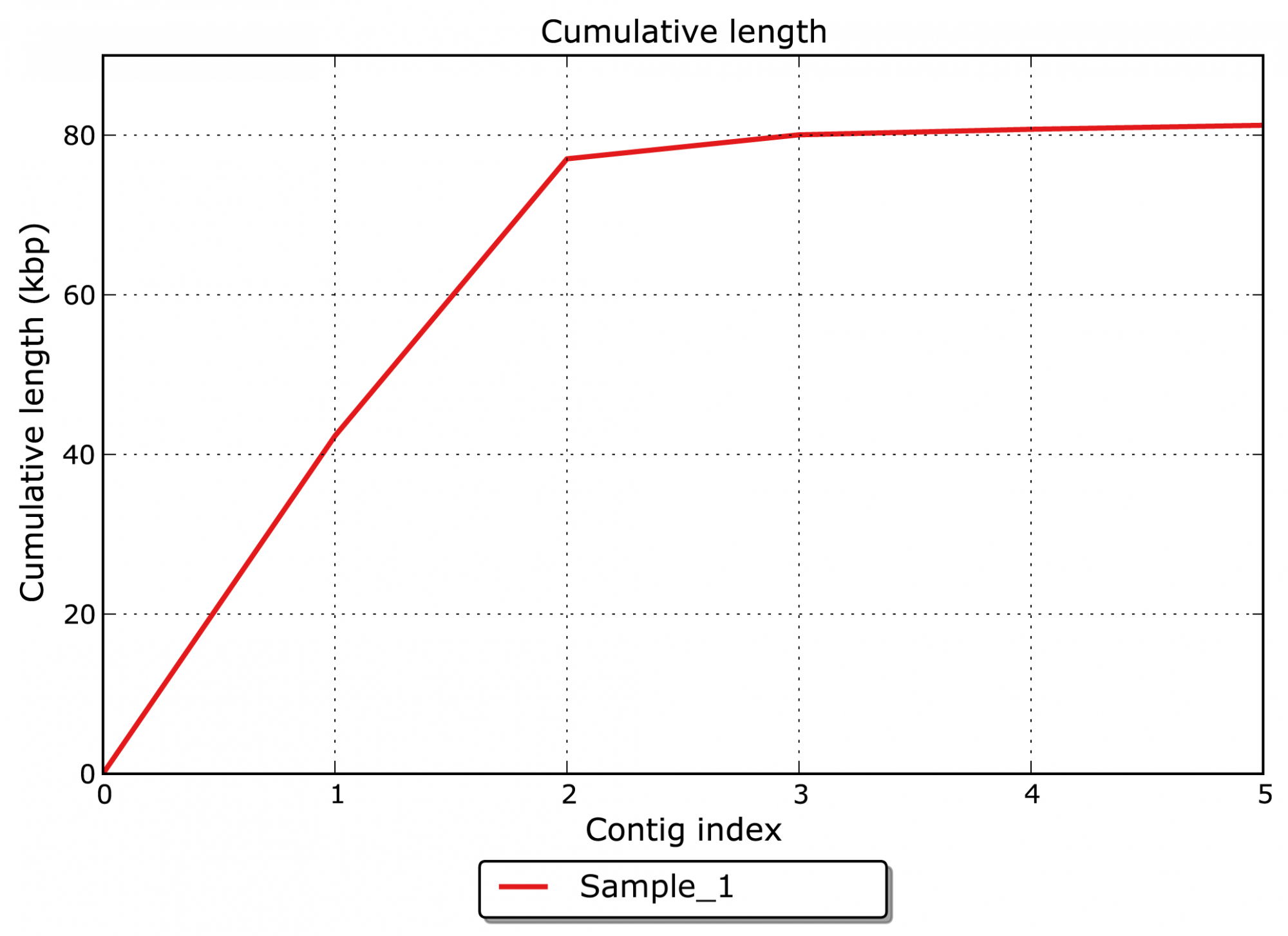


To accelerate the identification of biologically relevant codependencies, combinatorial CRISPR screens have been developed that can test for direct genetic relationships, map genetic interactions, identify multigenic dependencies, and explore complex biological questions 5– 9.Ĭurrently, two types of combinatorial CRISPR screens are established: single and orthogonal. These codependencies are, however, correlative with their biological relevance being limited to sample size and mutagenic spectrum of the additionally used data layers. By integrating additional data layers, such as genomic and transcriptional alterations, gene codependencies can be extracted and genetic interactions identified 2, 4. To avoid the use of hybrid gRNAs for orthogonal applications, we engineered the multiplex SpCas9-enAsCas12a approach (multiSPAS) that avoids RNA processing for efficient orthogonal gene editing.ĬRISPR screens are a powerful approach to identifying genetic dependencies with single-gene resolution 1– 3. This improved performance, however, was limited to AsCas12a dual-gRNAs, as SpCas9 gRNAs remained largely inactive. While this negatively influenced the effect size range of combinatorial AsCas12a applications, it enhanced the performance of CHyMErA. Since AsCas12a contains RNA processing activity, we used arrayed dual-gRNAs to improve AsCas12a and CHyMErA applications. Our analyses identified SpCas9 to be superior to enhanced and optimized AsCas12a, with CHyMErA being largely inactive in the tested conditions. Here, we systematically compared combinatorial SpCas9, AsCas12a, and CHyMErA in hTERT-immortalized retinal pigment epithelial cells and extracted performance-critical parameters for combinatorial and orthogonal CRISPR screens.

Even though SpCas9 and AsCas12a are widely used for single, combinatorial, and orthogonal screenings, side-by-side comparisons remain sparse. In light of efforts to map combinatorial gene dependencies at scale, choosing an efficient and robust CRISPR-associated (Cas) nuclease is of utmost importance. Best of all, we get more hands-off time.CRISPR-based gene perturbation enables unbiased investigations of single and combinatorial genotype-to-phenotype associations. We use all the electronic features, including the defined pipetting heights, which is especially helpful when working in white, 384 well qPCR plates, where the wells are not transparent. All these applications require precise, simultaneous transfer of multiple liquid samples, and the small footprint, cost effective MINI 96 has allowed us to do exactly this. We now use the MINI 96 for digital PCR and qPCR preparation, as well as in end-point PCR reactions and library preparation for NGS. Previously, we did this using a 96 channel pipette from another manufacturer, but this didn’t match our expectations. In qPCR, we replicate low volume samples from 96 to 384 well plates, which typically involves multiple aspiration and dispense steps. Dr Yakushev continued: “If there is pipetting imprecision, it becomes apparent very quickly in our results and, unfortunately, increases costs in terms of both time and money, as we need to repeat all the steps again from the beginning.

Digital PCR is an expensive method that starts with adjustment of the analyte concentration in 96 well plates, a process that requires highly precise and accurate pipetting of samples.


 0 kommentar(er)
0 kommentar(er)
